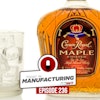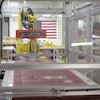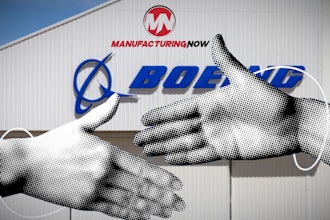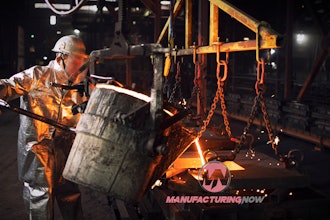Two types of polyethylene tubing — a linear low-density formula and a co-extruded with ethylene vinyl acetate formula — are made from non-toxic ingredients conforming to FDA standards. Uses include air lines, chemical and fluid transfer, food and beverage processing and distribution, pharmaceutical processing, pneumatics and instrumentation, potable water, deionized water, wire jacketing, laboratory applications, and decorative coverings. The linear low-density tubing is lightweight, and its low cost makes it suitable for a variety of uses. It offers no transfer of odor or taste to critical streams, good dielectric properties, and is chemically inert, forming a good barrier to gases, vapors, and moisture. Its linear low-density formula provides enhanced resistance to stress cracking over that of low-density tubing. It’s durable and stays flexible at temperatures well below 0°F. The second formula — the co-extruded with ethylene vinyl acetate tubing — performs much like linear low-density polyethylene tubing but offers additional features. Its ingredients conform to USP Class VI standards, and it provides greater flexibility over linear low-density tubing because of its bonded ethylene vinyl acetate outer layer. It may be substituted for PTFE fluoropolymer tubing in applications involving working temperatures below 100°F, which can result in a cost savings of 50 percent or more.
NewAge Industries Inc., Southampton, PA; 800-506-3924
www.newageindustries.com/polyethylene_tubing.asp


















